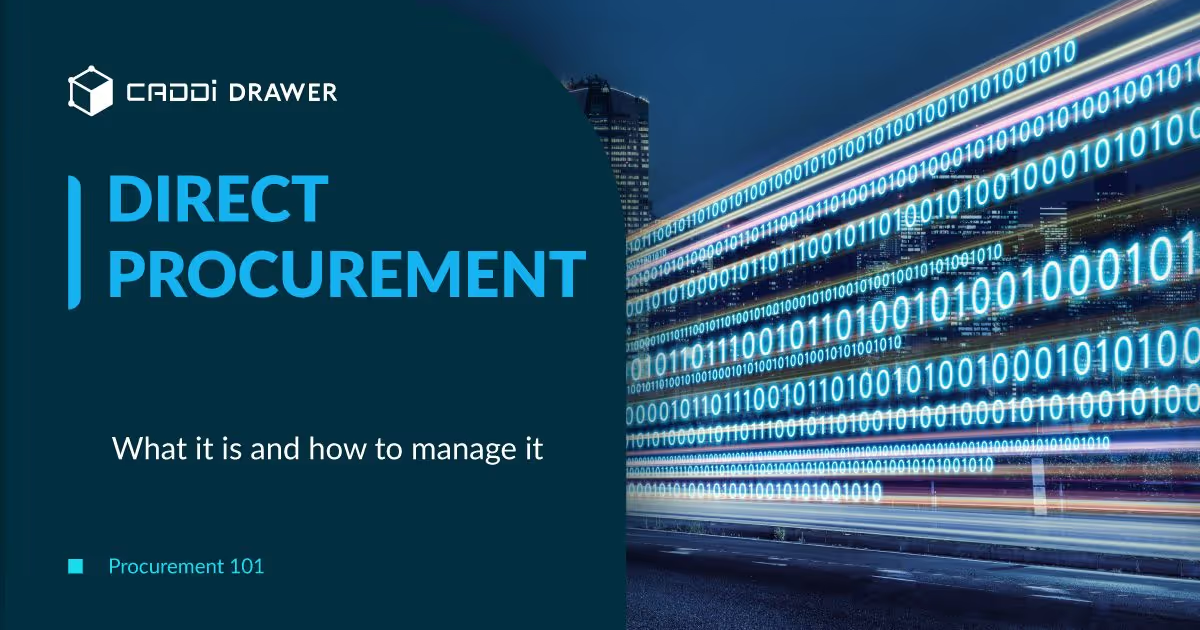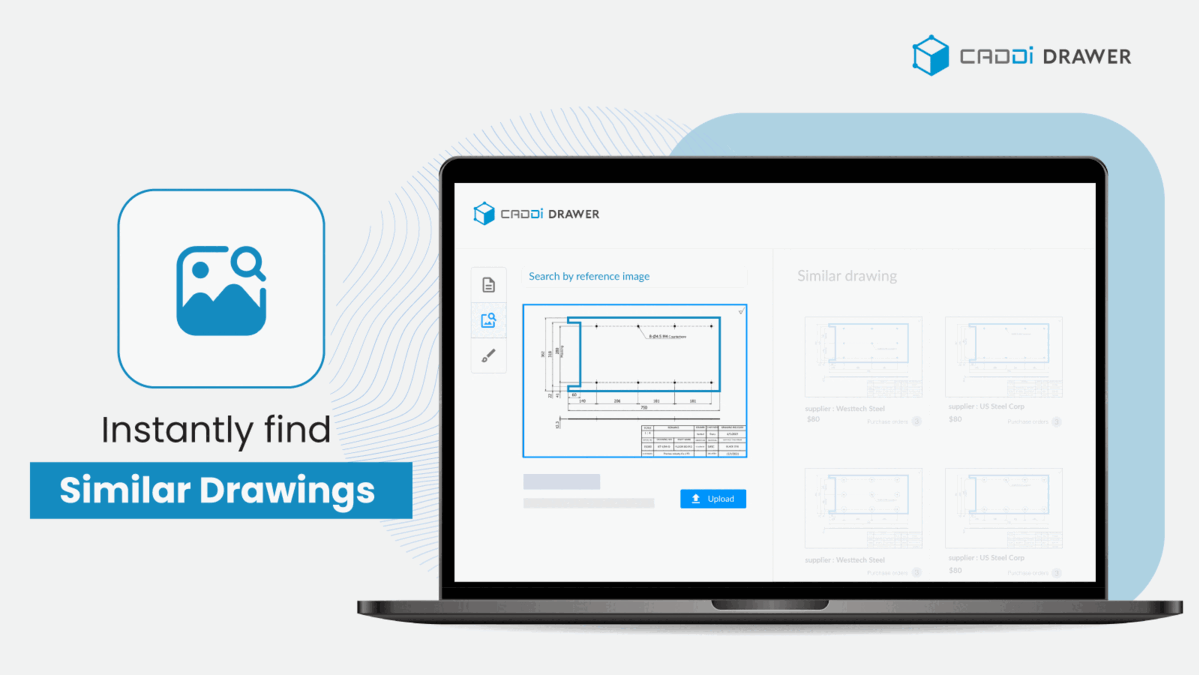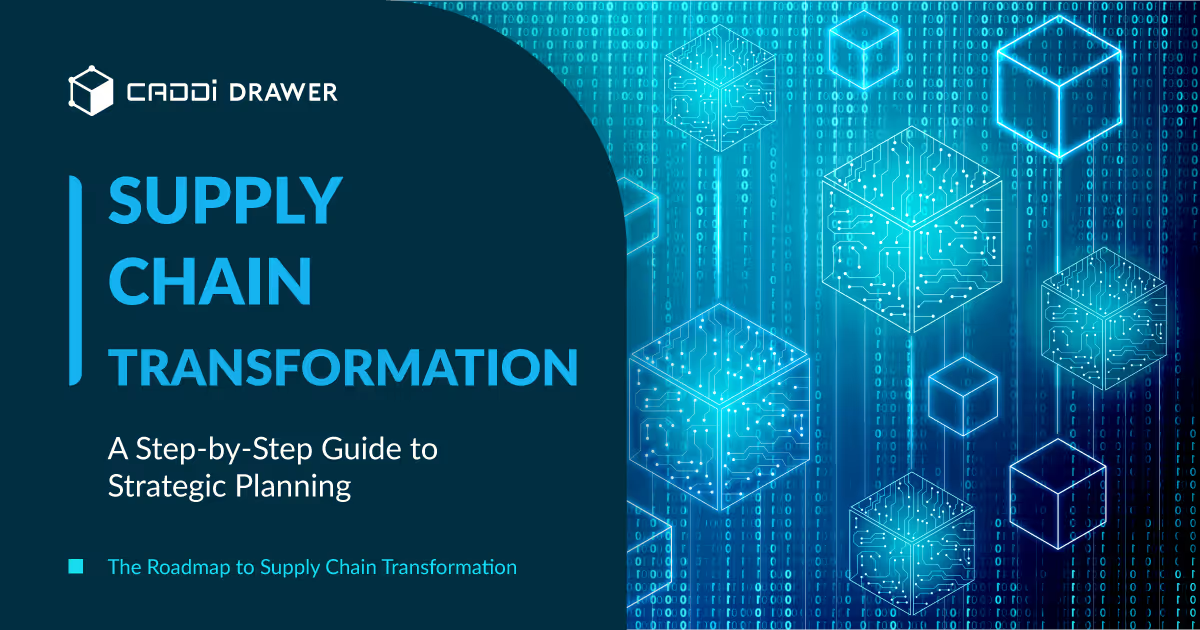Direct Procurement – What it is and how to manage it – Procurement 101

Table of Contents

Direct procurement, also known as direct spend, refers to the process of purchasing goods, materials, and services that are directly incorporated into a company’s products. In manufacturing, direct procurement involves acquiring the raw materials, components, and subassemblies needed to create finished goods.
What is direct procurement?
Imagine a car manufacturer. The steel, aluminum, tires, electronic components, and other parts that go into building a vehicle are all obtained through direct procurement. Without a well-managed direct procurement process, the assembly line would grind to a halt, and the company would be unable to produce its cars.
Direct procurement typically follows a multi-step process:
- Identifying requirements: Determining what materials are needed, in what quantities, and when
- Selecting suppliers: Choosing the right vendors based on quality, price, reliability, and other criteria
- Negotiating terms: Agreeing on pricing, delivery schedules, payment terms, and other contract details
- Placing orders: Formally requesting the goods and authorizing payment
- Monitoring performance: Tracking deliveries, quality, and compliance with contract terms
The key outputs of direct procurement include purchase orders, goods receipts, and invoice payments.
It’s important to distinguish direct procurement from indirect procurement, which involves purchasing goods and services that support a company’s operations but don’t go into its products, such as office supplies, telecom services, and cleaning services.
Effective direct procurement is critical for ensuring a steady flow of high-quality, cost-effective materials into the production process. It can make the difference between profitable operations and constant supply chain headaches.
Challenges in managing direct procurement
Managing direct procurement is no walk in the park. While it may seem straightforward to simply buy the materials needed to make your products, several challenges can make the process far from simple:
1. Supply chain disruptions: Picture a game of Jenga, where removing one block can bring down the whole tower. In direct procurement, a disruption at any point in the supply chain – whether it’s a natural disaster, labor strike, or transportation delay – can have a ripple effect that brings production to a standstill.
2. Quality control: Ensuring consistent quality of materials is crucial, but it’s easier said than done. Suppliers may cut corners, substitute inferior components, or fail to meet specifications. Rigorous inspections and testing are needed to catch quality issues before they lead to product defects or recalls.
3. Price volatility: Prices for raw materials can fluctuate wildly based on market conditions, currency exchange rates, and geopolitical events. Budgeting and forecasting become difficult when costs are constantly shifting beneath your feet.
4. Supplier relationship management: Maintaining strong relationships with suppliers is key to ensuring reliable, high-quality supply. But it’s a delicate balancing act – push too hard on price, and you may damage the relationship; be too lenient, and you may overpay or receive subpar materials.
5. Compliance and risk management: Procurement teams must navigate a complex web of regulations, from environmental and labor laws to international trade agreements. Non-compliance can lead to hefty fines, reputational damage, and even legal action.
6. Lack of visibility: In today’s global supply chains, materials may pass through multiple tiers of suppliers before reaching the manufacturer. This lack of visibility can make it difficult to identify potential risks, monitor supplier performance, and respond quickly to disruptions.
While technology solutions like supplier portals and supply chain analysis can help mitigate these challenges, they’re not a silver bullet. Effective direct procurement requires a combination of strategic planning, risk management, and strong supplier relationships. It’s a constantly evolving landscape that demands continuous adaptation and improvement.
Solutions to the challenges of managing direct procurement
While the challenges of direct procurement can seem daunting, several strategies and tools can help companies navigate these complex waters:
1. Strategic sourcing: Strategic sourcing involves taking a holistic, long-term approach to procurement, rather than just focusing on short-term cost savings. By analyzing spend data, market trends, and supplier capabilities, companies can develop optimal sourcing strategies that balance cost, quality, and risk. For example, Apple’s strategic sourcing team works closely with suppliers to develop new technologies and ensure a stable supply of critical components.
2. Category management: Category management involves segmenting procurement spend into distinct categories, such as raw materials, packaging, or transportation, and developing specific strategies for each category. By aligning procurement strategies with business objectives and market dynamics, companies can drive greater value and innovation.
3. Supplier relationship management (SRM): Building strong, collaborative relationships with key suppliers can lead to better quality, reliability, and innovation. SRM programs can include regular communication, joint problem-solving, and performance incentives. Toyota’s famous “Toyota Way” emphasizes close partnerships with suppliers to drive continuous improvement.
4. Supplier diversification and consolidation: Putting all your eggs in one basket is risky, but spreading yourself too thin can also be problematic. That’s why it’s crucial to find the right balance between supplier diversification and consolidation.
- Diversification involves sourcing from multiple suppliers to mitigate the impact of disruptions and price volatility.
- On the other hand, consolidation involves reducing the number of suppliers and focusing on strategic relationships with a few key partners. This can lead to better economies of scale, improved quality control, and more collaborative innovation.
5. Procurement intelligence: Procurement intelligence refers to the use of data analytics, market research, and other tools to gain insights into supplier markets, pricing trends, and risk factors. By leveraging procurement intelligence, companies can make more informed sourcing decisions, identify opportunities for cost savings, and proactively mitigate supply chain risks.
6. Supply chain visibility tools: Imagine trying to navigate a maze blindfolded. That’s what it can feel like managing a supply chain without visibility. Supply chain visibility tools like supply chain mapping, supplier portals, and real-time analytics can provide a clear view of the entire procurement process, from raw materials to finished goods.
7. Risk management strategies: Proactively identifying and mitigating risks is crucial in today’s uncertain environment. This can include conducting regular risk assessments, developing contingency plans, and purchasing insurance. During the COVID-19 pandemic, companies like General Motors and Ford quickly pivoted to producing ventilators and PPE, demonstrating the value of flexible risk management strategies.
8. Sustainable and ethical sourcing: Consumers and regulators are increasingly demanding that companies source materials responsibly. Implementing sustainable and ethical sourcing practices, including green procurement and practices such as using recycled materials or ensuring fair labor practices, can help mitigate compliance risks and enhance brand reputation.
9. Collaborative planning, forecasting, and replenishment (CPFR): CPFR involves sharing data and collaborating with suppliers to improve forecasting accuracy and reduce inventory costs. By working together to predict demand and optimize production, companies can reduce the risk of stockouts or overstocking. Walmart’s CPFR program has helped it reduce inventory levels while improving on-shelf availability.
Implementing these solutions requires a combination of people, processes, and technology. But for companies that get it right, effective direct procurement can be a key competitive advantage, driving cost savings, innovation, and customer satisfaction.
Recent trends in managing direct procurement
In recent years, direct procurement has been transformed by a wave of digital innovation and shifting business priorities. Here are some of the key trends shaping the landscape:
1. Digital transformation: Procurement teams are increasingly leveraging digital tools like e-procurement, e-auctions, and procure-to-pay systems to streamline processes and improve efficiency. Cloud-based solutions and mobile apps are making it easier to collaborate with suppliers and access real-time data from anywhere.
2. Data-driven decision making: With the explosion of data from multiple sources, procurement teams are using advanced analytics and AI to gain insights into supplier performance, market trends, and risk factors. By integrating data from siloed systems and unstructured sources, companies can make more informed decisions and drive better outcomes.
3. Emphasis on sustainability: Sustainability has become a key priority for many companies, and procurement teams are playing a critical role in driving sustainable sourcing practices. This includes using recycled materials, reducing waste, and ensuring ethical labor practices throughout the supply chain.
4. Supplier collaboration: Companies are moving beyond transactional relationships with suppliers to more collaborative partnerships. By sharing knowledge, jointly developing new products, and working together to solve problems, companies and suppliers can drive innovation and mutual growth.
These trends are transforming the way companies approach direct procurement, from reactive cost center to strategic business partner.
Among these solutions, one that supports digital transformation and data-driven decision making is CADDi Drawer. By extracting metadata from drawings, structuring data, and aggregating data through the linkage of drawing data, purchasing data, supplier data, and related documents, it provides high searchability using features like similarity search and keyword search.

This streamlines manufacturers’ direct procurement activities and supports procurement departments in engaging in more strategic and agile initiatives.
Direct procurement, also known as direct spend, refers to the process of purchasing goods, materials, and services that are directly incorporated into a company’s products. In manufacturing, direct procurement involves acquiring the raw materials, components, and subassemblies needed to create finished goods.
What is direct procurement?
Imagine a car manufacturer. The steel, aluminum, tires, electronic components, and other parts that go into building a vehicle are all obtained through direct procurement. Without a well-managed direct procurement process, the assembly line would grind to a halt, and the company would be unable to produce its cars.
Direct procurement typically follows a multi-step process:
- Identifying requirements: Determining what materials are needed, in what quantities, and when
- Selecting suppliers: Choosing the right vendors based on quality, price, reliability, and other criteria
- Negotiating terms: Agreeing on pricing, delivery schedules, payment terms, and other contract details
- Placing orders: Formally requesting the goods and authorizing payment
- Monitoring performance: Tracking deliveries, quality, and compliance with contract terms
The key outputs of direct procurement include purchase orders, goods receipts, and invoice payments.
It’s important to distinguish direct procurement from indirect procurement, which involves purchasing goods and services that support a company’s operations but don’t go into its products, such as office supplies, telecom services, and cleaning services.
Effective direct procurement is critical for ensuring a steady flow of high-quality, cost-effective materials into the production process. It can make the difference between profitable operations and constant supply chain headaches.
Challenges in managing direct procurement
Managing direct procurement is no walk in the park. While it may seem straightforward to simply buy the materials needed to make your products, several challenges can make the process far from simple:
1. Supply chain disruptions: Picture a game of Jenga, where removing one block can bring down the whole tower. In direct procurement, a disruption at any point in the supply chain – whether it’s a natural disaster, labor strike, or transportation delay – can have a ripple effect that brings production to a standstill.
2. Quality control: Ensuring consistent quality of materials is crucial, but it’s easier said than done. Suppliers may cut corners, substitute inferior components, or fail to meet specifications. Rigorous inspections and testing are needed to catch quality issues before they lead to product defects or recalls.
3. Price volatility: Prices for raw materials can fluctuate wildly based on market conditions, currency exchange rates, and geopolitical events. Budgeting and forecasting become difficult when costs are constantly shifting beneath your feet.
4. Supplier relationship management: Maintaining strong relationships with suppliers is key to ensuring reliable, high-quality supply. But it’s a delicate balancing act – push too hard on price, and you may damage the relationship; be too lenient, and you may overpay or receive subpar materials.
5. Compliance and risk management: Procurement teams must navigate a complex web of regulations, from environmental and labor laws to international trade agreements. Non-compliance can lead to hefty fines, reputational damage, and even legal action.
6. Lack of visibility: In today’s global supply chains, materials may pass through multiple tiers of suppliers before reaching the manufacturer. This lack of visibility can make it difficult to identify potential risks, monitor supplier performance, and respond quickly to disruptions.
While technology solutions like supplier portals and supply chain analysis can help mitigate these challenges, they’re not a silver bullet. Effective direct procurement requires a combination of strategic planning, risk management, and strong supplier relationships. It’s a constantly evolving landscape that demands continuous adaptation and improvement.
Solutions to the challenges of managing direct procurement
While the challenges of direct procurement can seem daunting, several strategies and tools can help companies navigate these complex waters:
1. Strategic sourcing: Strategic sourcing involves taking a holistic, long-term approach to procurement, rather than just focusing on short-term cost savings. By analyzing spend data, market trends, and supplier capabilities, companies can develop optimal sourcing strategies that balance cost, quality, and risk. For example, Apple’s strategic sourcing team works closely with suppliers to develop new technologies and ensure a stable supply of critical components.
2. Category management: Category management involves segmenting procurement spend into distinct categories, such as raw materials, packaging, or transportation, and developing specific strategies for each category. By aligning procurement strategies with business objectives and market dynamics, companies can drive greater value and innovation.
3. Supplier relationship management (SRM): Building strong, collaborative relationships with key suppliers can lead to better quality, reliability, and innovation. SRM programs can include regular communication, joint problem-solving, and performance incentives. Toyota’s famous “Toyota Way” emphasizes close partnerships with suppliers to drive continuous improvement.
4. Supplier diversification and consolidation: Putting all your eggs in one basket is risky, but spreading yourself too thin can also be problematic. That’s why it’s crucial to find the right balance between supplier diversification and consolidation.
- Diversification involves sourcing from multiple suppliers to mitigate the impact of disruptions and price volatility.
- On the other hand, consolidation involves reducing the number of suppliers and focusing on strategic relationships with a few key partners. This can lead to better economies of scale, improved quality control, and more collaborative innovation.
5. Procurement intelligence: Procurement intelligence refers to the use of data analytics, market research, and other tools to gain insights into supplier markets, pricing trends, and risk factors. By leveraging procurement intelligence, companies can make more informed sourcing decisions, identify opportunities for cost savings, and proactively mitigate supply chain risks.
6. Supply chain visibility tools: Imagine trying to navigate a maze blindfolded. That’s what it can feel like managing a supply chain without visibility. Supply chain visibility tools like supply chain mapping, supplier portals, and real-time analytics can provide a clear view of the entire procurement process, from raw materials to finished goods.
7. Risk management strategies: Proactively identifying and mitigating risks is crucial in today’s uncertain environment. This can include conducting regular risk assessments, developing contingency plans, and purchasing insurance. During the COVID-19 pandemic, companies like General Motors and Ford quickly pivoted to producing ventilators and PPE, demonstrating the value of flexible risk management strategies.
8. Sustainable and ethical sourcing: Consumers and regulators are increasingly demanding that companies source materials responsibly. Implementing sustainable and ethical sourcing practices, including green procurement and practices such as using recycled materials or ensuring fair labor practices, can help mitigate compliance risks and enhance brand reputation.
9. Collaborative planning, forecasting, and replenishment (CPFR): CPFR involves sharing data and collaborating with suppliers to improve forecasting accuracy and reduce inventory costs. By working together to predict demand and optimize production, companies can reduce the risk of stockouts or overstocking. Walmart’s CPFR program has helped it reduce inventory levels while improving on-shelf availability.
Implementing these solutions requires a combination of people, processes, and technology. But for companies that get it right, effective direct procurement can be a key competitive advantage, driving cost savings, innovation, and customer satisfaction.
Recent trends in managing direct procurement
In recent years, direct procurement has been transformed by a wave of digital innovation and shifting business priorities. Here are some of the key trends shaping the landscape:
1. Digital transformation: Procurement teams are increasingly leveraging digital tools like e-procurement, e-auctions, and procure-to-pay systems to streamline processes and improve efficiency. Cloud-based solutions and mobile apps are making it easier to collaborate with suppliers and access real-time data from anywhere.
2. Data-driven decision making: With the explosion of data from multiple sources, procurement teams are using advanced analytics and AI to gain insights into supplier performance, market trends, and risk factors. By integrating data from siloed systems and unstructured sources, companies can make more informed decisions and drive better outcomes.
3. Emphasis on sustainability: Sustainability has become a key priority for many companies, and procurement teams are playing a critical role in driving sustainable sourcing practices. This includes using recycled materials, reducing waste, and ensuring ethical labor practices throughout the supply chain.
4. Supplier collaboration: Companies are moving beyond transactional relationships with suppliers to more collaborative partnerships. By sharing knowledge, jointly developing new products, and working together to solve problems, companies and suppliers can drive innovation and mutual growth.
These trends are transforming the way companies approach direct procurement, from reactive cost center to strategic business partner.
Among these solutions, one that supports digital transformation and data-driven decision making is CADDi Drawer. By extracting metadata from drawings, structuring data, and aggregating data through the linkage of drawing data, purchasing data, supplier data, and related documents, it provides high searchability using features like similarity search and keyword search.

This streamlines manufacturers’ direct procurement activities and supports procurement departments in engaging in more strategic and agile initiatives.
Ready to see CADDi Drawer in action? Get a personalized demo.
Subscribe to our Blog!
Related Resources












.svg)



.svg)
.svg)
.svg)


